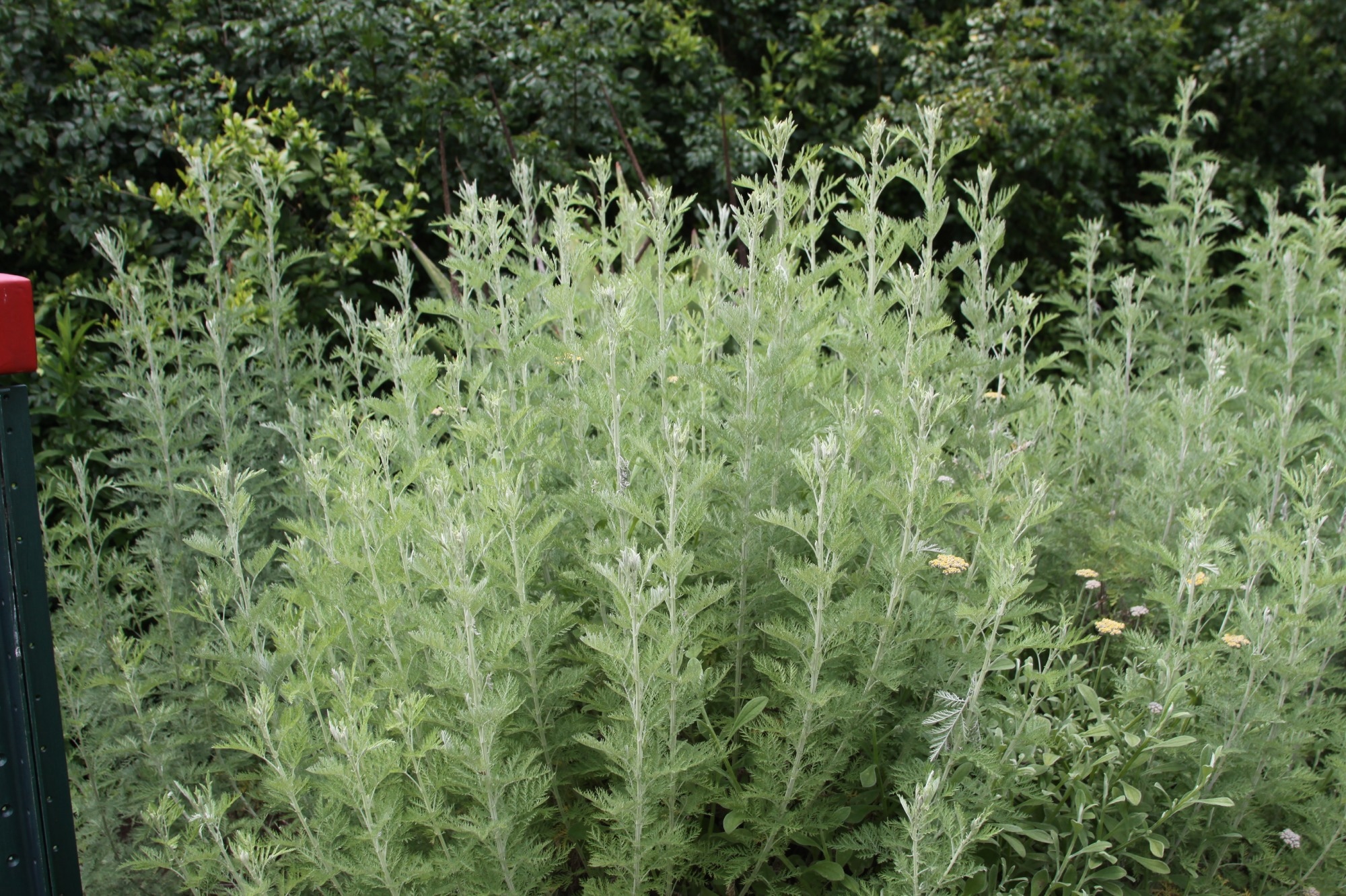The emergence of drug-resistant Mycobacterium tuberculosis strains has challenged the efficacy of existing tuberculosis drugs. African wormwood, or Artemisia afra is a plant with medicinal properties and has been used in southern Africa to treat infections and fevers. It is also believed to have anti-tuberculosis properties.
In a recent study published in the Journal of Ethnopharmacology, researchers investigated the mechanisms through which A. afra fights M. tuberculosis. They found a form of O-methylflavone in A. afra that inhibited the growth of the tuberculosis-causing bacterium.
 Study: An O-methylflavone from Artemisia afra kills non-replicating hypoxic Mycobacterium tuberculosis. Image Credit: C.J. MacDonald Sr/Shutterstock.com
Study: An O-methylflavone from Artemisia afra kills non-replicating hypoxic Mycobacterium tuberculosis. Image Credit: C.J. MacDonald Sr/Shutterstock.com
Background
Drug resistance in M. tuberculosis poses a growing threat, especially in regions of the world that are resource-limited. Furthermore, the current tuberculosis treatments involve long and complex regimens that remain ineffective against the dormant, non-replicating M. tuberculosis.
Bioactive compounds from plants have been central in discovering new therapeutic agents that could potentially be effective against drug-resistant bacterial strains.
Plants belonging to the genus Artemisia are known to contain bioactive compounds with medicinal properties, such as the anti-malarial compound artemisinin obtained from Artemisia annua.
African wormwood, or A. afra, has exhibited anti-tuberculosis activity and has long been used in southern Africa to treat coughs and fevers. However, the bioactive compounds responsible for the anti-tuberculosis activity and the mechanisms through which A. afra inhibits the growth of M. tuberculosis remain unclear.
About the Study
In the present study, the researchers used transcriptomic profiling and chemometric analysis to investigate the impact of A. afra on M. tuberculosis. They used dried A. afra and A. annua leaves and extracted the bioactive compounds using steam distillation and dichloromethane.
For the large-scale extraction, they ground the A. afra leaves and obtained the crude extract of the compounds using dichloromethane. These extracts were then fractionated using flash chromatography.
To test the anti-microbial compounds in the Artemesia extracts, the researchers cultured M. tuberculosis in a broth with essential nutrients. The bacterial growth in the culture was monitored, and the colony-forming units (CFUs) were determined by plating the broth culture on solid media.
The study included a resazurin microtiter assay to determine the minimum inhibitory concentrations of the plant extracts and the distilled fractions.
For this, M. tuberculosis was grown under both aerobic and hypoxic conditions to determine the bactericidal activity of the plant extracts and fractions. The researchers treated the bacterial cultures with the plant extracts and measured the CFUs at different time points. The hypoxic conditions were used to test the efficacy of the fractions in low-oxygen conditions.
After the M. tuberculosis cultures were exposed to the extracts from A. afra and A. annua at sub-inhibitory, inhibitory, and lethal concentrations for four or 24 hours, the researchers extracted the ribonucleic acid (RNA) and prepared transcriptomic libraries for sequencing. The data was then analyzed for differential gene expression and gene set enrichment analysis.
A brine shrimp lethality assay and the (3-(4,5-dimethylthiazol-2-yl)-2,5-diphenyltetrazolium bromide) or MTT viability assay were used to assess the toxicity of the plant extracts on cultured hepatic cells.
Additionally, the researchers used nuclear magnetic resonance and ultra-high-pressure liquid chromatography-mass spectrometry for the metabolomic analysis to determine the structure and properties of the isolated compounds. The variables associated with the anti-tuberculosis activity were assessed using chemometric analysis.
Major Findings
The study found that the extracts from A. afra demonstrated potent activity against the tuberculosis bacterium, and the mechanisms of action were distinct from those of A. annua and artemisinin.
Furthermore, A. afra extracts were found to impact M. tuberculosis by downregulating the pathways for cell envelope biosynthesis and by inducing oxidative stress responses.
Detailed transcriptomic analyses also revealed that the bacterial responses to these treatments were not dependent on growth-inhibitory effects but were treatment-specific.
The fractionation of the A. afra extracts also led to the identification of a highly active fraction that exhibited bactericidal activity against both replicating and non-replicating M. tuberculosis.
This compound was identified as a type of O-methylflavone called 5-hydroxy-4',7-dimethoxyflavone.
Although this compound was found to be highly potent against M. tuberculosis, flavones are relatively rare among antimicrobial compounds, highlighting the potential opportunities for drug development in the group.
The toxicity test revealed that A. afra extracts and fractions had low toxicity among mammalian cells but were highly toxic to brine shrimp. These results highlighted the need for more toxicological assessments before the potential use of A. afra extracts for therapeutic use.
Conclusions
Overall, the study highlighted the potential value of A. afra extracts for developing new anti-tuberculosis drugs.
The distinct structure and mechanism of action of the O-methylflavone in A. afra that exhibited anti-tuberculosis properties could lead to the development of new drugs to treat drug-resistant M. tuberculosis strains.
Journal reference:
-
Kellogg, J. J., Alonso, M. N., Teal, J. R., Xiao, J., Cafiero, J. H., Bush, T., Chen, X., Towler, M., Weathers, P., & Shell, S. S. (2024). An O-methylflavone from Artemisia afra kills nonreplicating hypoxic Mycobacterium tuberculosis. Journal of Ethnopharmacology, 333, 118500. https://doi.org/10.1016/j.jep.2024.118500, https://www.sciencedirect.com/science/article/pii/S0378874124007992